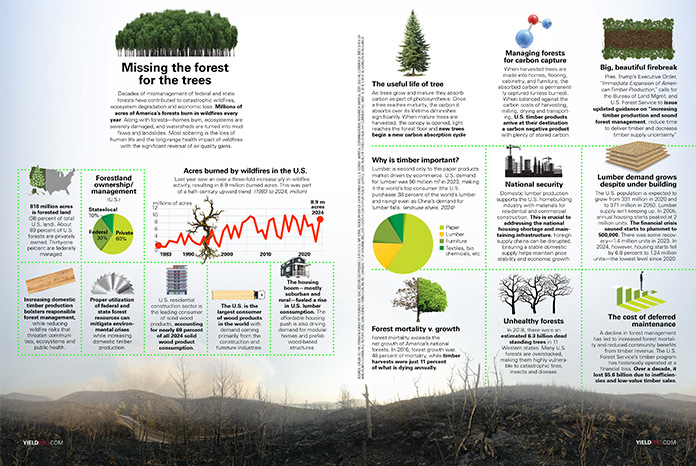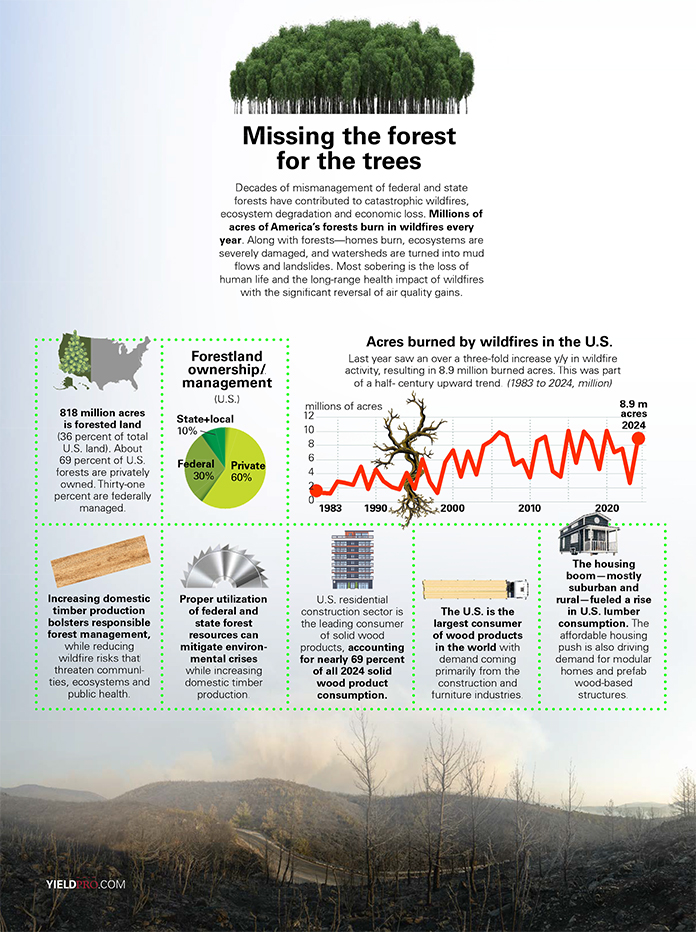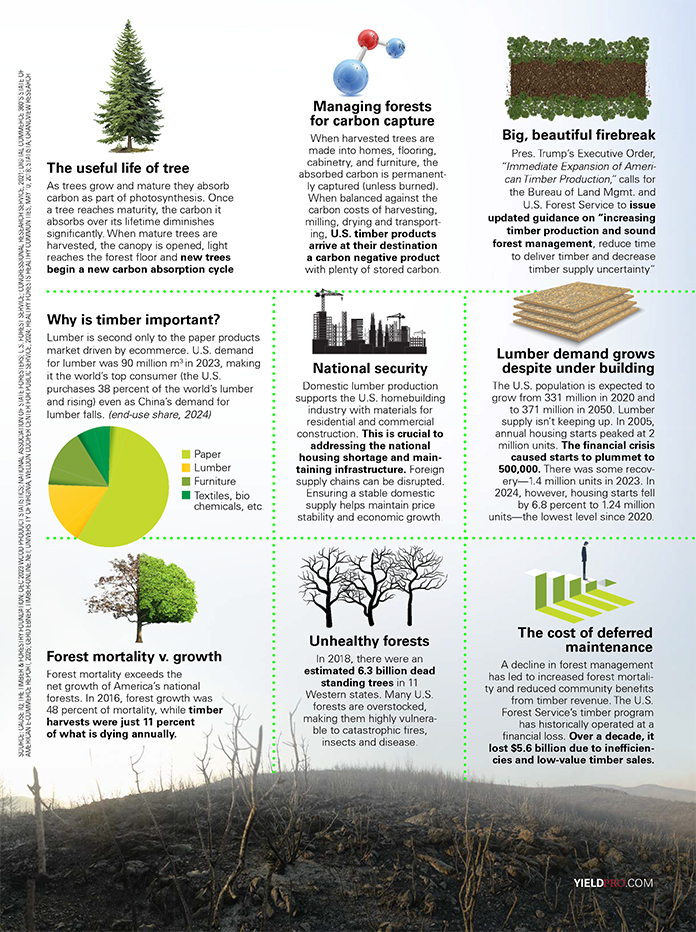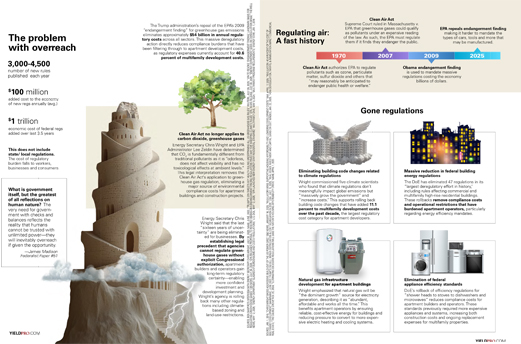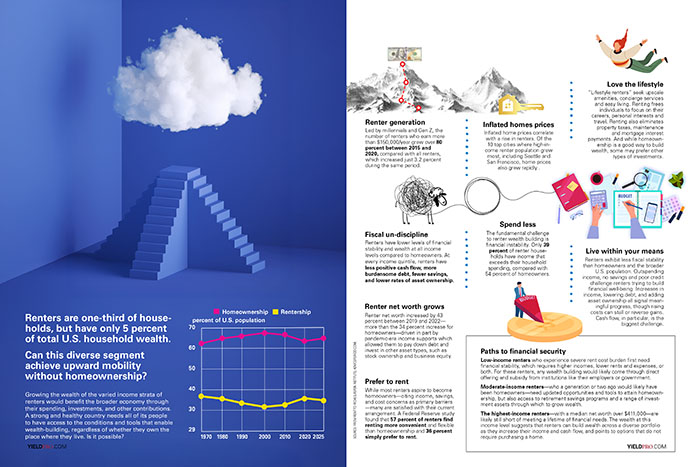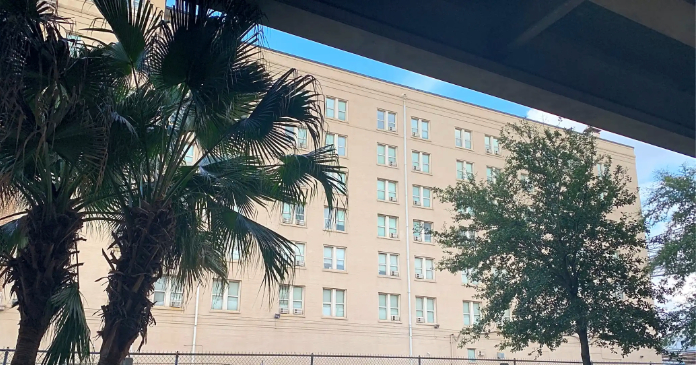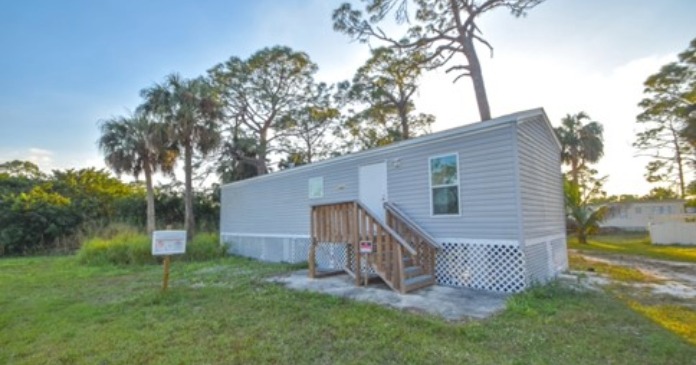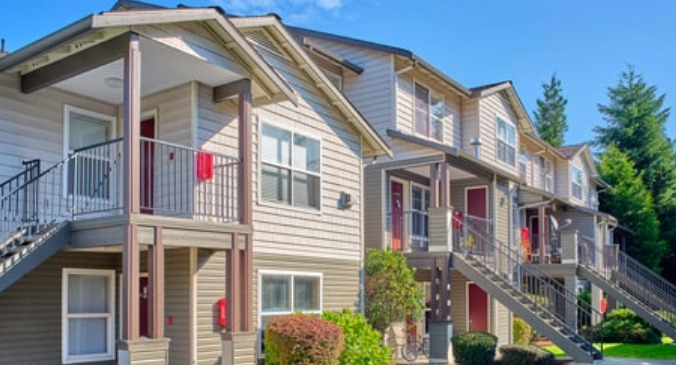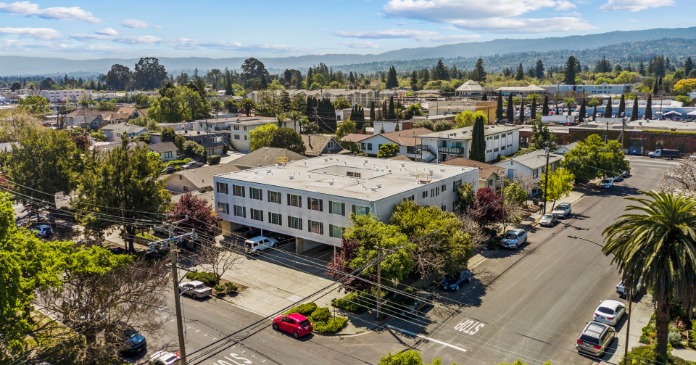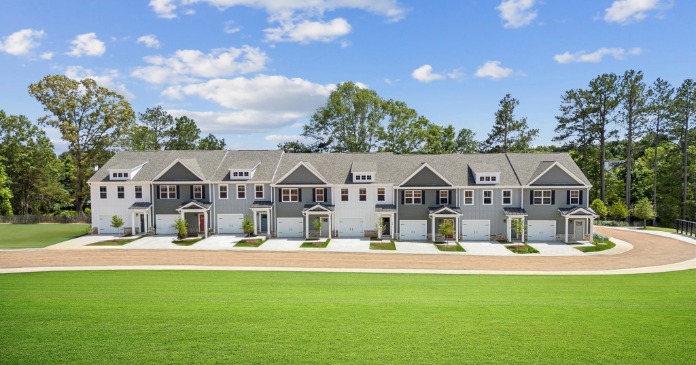Decades of mismanagement of federal and state forests have contributed to catastrophic wildfires, ecosystem degradation and economic loss. Millions of acres of America’s forests burn in wildfires every year. Along with forests—homes burn, ecosystems are severely damaged, and watersheds are turned into mud flows and landslides. Most sobering is the loss of human life and the long-range health impact of wildfires with the significant reversal of air quality gains.
818 million acres is forested land (36 percent of total U.S. land). About 69 percent of U.S. forests are privately owned. Thirty-one percent are federally managed.
Forestland ownership/management (U.S.)
State+local 10%
Federal 30%
Private 60%
Acres burned by wildfires in the U.S.
Last year saw an over a three-fold increase y/y in wildfire activity, resulting in 8.9 million burned acres. This was part of a half-century upward trend. (1983 to 2024, million)
8.9 million acres 2024
Increasing domestic timber production bolsters responsible forest management, while reducing wildfire risks that threaten communities, ecosystems and public health.
Proper utilization of federal and state forest resources can mitigate environmental crises while increasing domestic timber production.
U.S. residential construction sector is the leading consumer of solid wood products, accounting for nearly 69 percent of all 2024 solid wood product consumption.
The U.S. is the largest consumer of wood products in the world with demand coming primarily from the construction and furniture industries.
The housing boom—mostly suburban and rural—fueled a rise in U.S. lumber consumption. The affordable housing push is also driving demand for modular homes and prefab wood-based structures.
As trees grow and mature, they absorb carbon as part of photosynthesis. Once a tree reaches maturity, the carbon it absorbs over its lifetime diminishes significantly. When mature trees are harvested, the canopy is opened, light reaches the forest floor and new trees begin a new carbon absorption cycle.
Managing forests for carbon capture
When harvested trees are made into homes, flooring, cabinetry, and furniture, the absorbed carbon is permanently captured (unless burned). When balanced against the carbon costs of harvesting, milling, drying and transporting, U.S. timber products arrive at their destination a carbon negative product with plenty of stored carbon.
Big, beautiful firebreak
Pres. Trump’s Executive Order, “Immediate Expansion of American Timber Production,” calls for the Bureau of Land Mgmt. and U.S. Forest Service to issue updated guidance on “increasing timber production and sound forest management, reduce time to deliver timber and decrease timber supply uncertainty.”
Why is timber important?
Lumber is second only to the paper products market driven by ecommerce. U.S. demand for lumber was 90 million m3 in 2023, making it the world’s top consumer (the U.S. purchases 38 percent of the world’s lumber and rising) even as China’s demand for lumber falls. (end-use share, 2024) $992.4B global market size, 2024
National security
Domestic lumber production supports the U.S. homebuilding industry with materials for residential and commercial construction. This is crucial to addressing the national housing shortage and maintaining infrastructure. Foreign supply chains can be disrupted. Ensuring a stable domestic supply helps maintain price stability and economic growth.
Lumber demand grows despite under building
The U.S. population is expected to grow from 331 million in 2020 and to 371 million in 2050. Lumber supply isn’t keeping up. In 2005, annual housing starts peaked at 2 million units. The financial crisis caused starts to plummet to 500,000. There was some recovery—1.4 million units in 2023. In 2024, however, housing starts fell by 6.8 percent to 1.24 million units—the lowest level since 2020.
Forest mortality v. growth
Forest mortality exceeds the net growth of America’s national forests. In 2016, forest growth was 48 percent of mortality, while timber harvests were just 11 percent of what is dying annually.
Unhealthy forests
In 2018, there were an estimated 6.3 billion dead standing trees in 11 Western states. Many U.S. forests are overstocked, making them highly vulnerable to catastrophic fires, insects and disease.
The cost of deferred maintenance
A decline in forest management has led to increased forest mortality and reduced community benefits from timber revenue. The U.S. Forest Service’s timber program has historically operated at a financial loss. Over a decade, it lost $5.6 billion due to inefficiencies and low-value timber sales.
Source: Cause IQ; The Timber & Forestry Foundation; OEC 2023 Wood Product Statistics; National Association of State Foresters; U.S. Forest Service; Congressional Research Service, 2021; Digital Commerce 360’s State of American e-Commerce Report, 2025; Gerd Ebner, timber-online.net; University of Virginia, Weldon Cooper Center for Public Service, 2024; Healthy Forests Healthy Communities, May 10, 2018; Statista; Grandview Research


